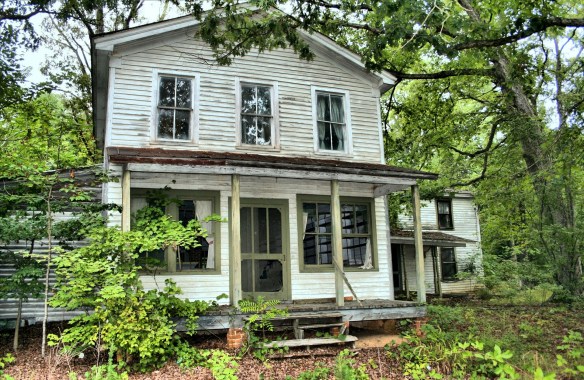Realtor.com quoted me in Watch Out, Your Closing Funds May Be Heading to a Cybercriminal. It opens,
Imagine being on the brink of owning a home—you can almost feel the keys in your hand. You’ve wired tens of thousands of dollars into escrow to seal the deal … then, poof, that money disappears. Sound surreal? It’s becoming surprisingly common as cybercriminals have turned to hacking real estate transactions, according to The Washington Post.
How it works: Hackers break into a real estate agent’s or settlement service provider’s email accounts, then monitor correspondences so they know when a closing is about to happen. Then, they assume the identity of the real estate or escrow agent and email the home buyers instructing them where to wire their closing funds … to an offshore account that can’t be traced.
While no one knows the exact number of victims or extent of the problem, the National Association of Realtors® in Chicago told the Post that this scam has hit “hundreds, if not thousands,” of home closings. It’s become serious enough, in fact, that on March 18, the Federal Trade Commission issued a warning to home buyers. As for what’s fueling this trend, some experts we spoke to point to the relatively lax security in the world of real estate compared with other financial industries.
“It was just a matter of time until scammers recognized the opportunity to target real estate agents and their clients,” says Robert Siciliano, CEO of IDTheftSecurity.com. “Currently, most industries that have experienced large data breaches have put systems in place and have become hardened. That means the real estate industry and others become the path of least resistance. Unlike the entire financial industry who have encrypted communications, the real estate industry is a hodgepodge of free email accounts and unprotected communications.”
Holly Isdale, founder of wealth management company Wealthaven, also points out that many real estate agents “are working from highly insecure areas—coffee shops, building lobbies, cars between meetings. As such, they are highly visible targets where their communications are vulnerable to attack.”
But agents are not the only weak link in the chain.
“This problem does not just affect real estate agents; it has also happened with escrow companies, attorneys, and other professionals involved in real estate deals,” says David Reiss, research director at the Center for Urban Business Entrepreneurship at Brooklyn Law School in New York City.








